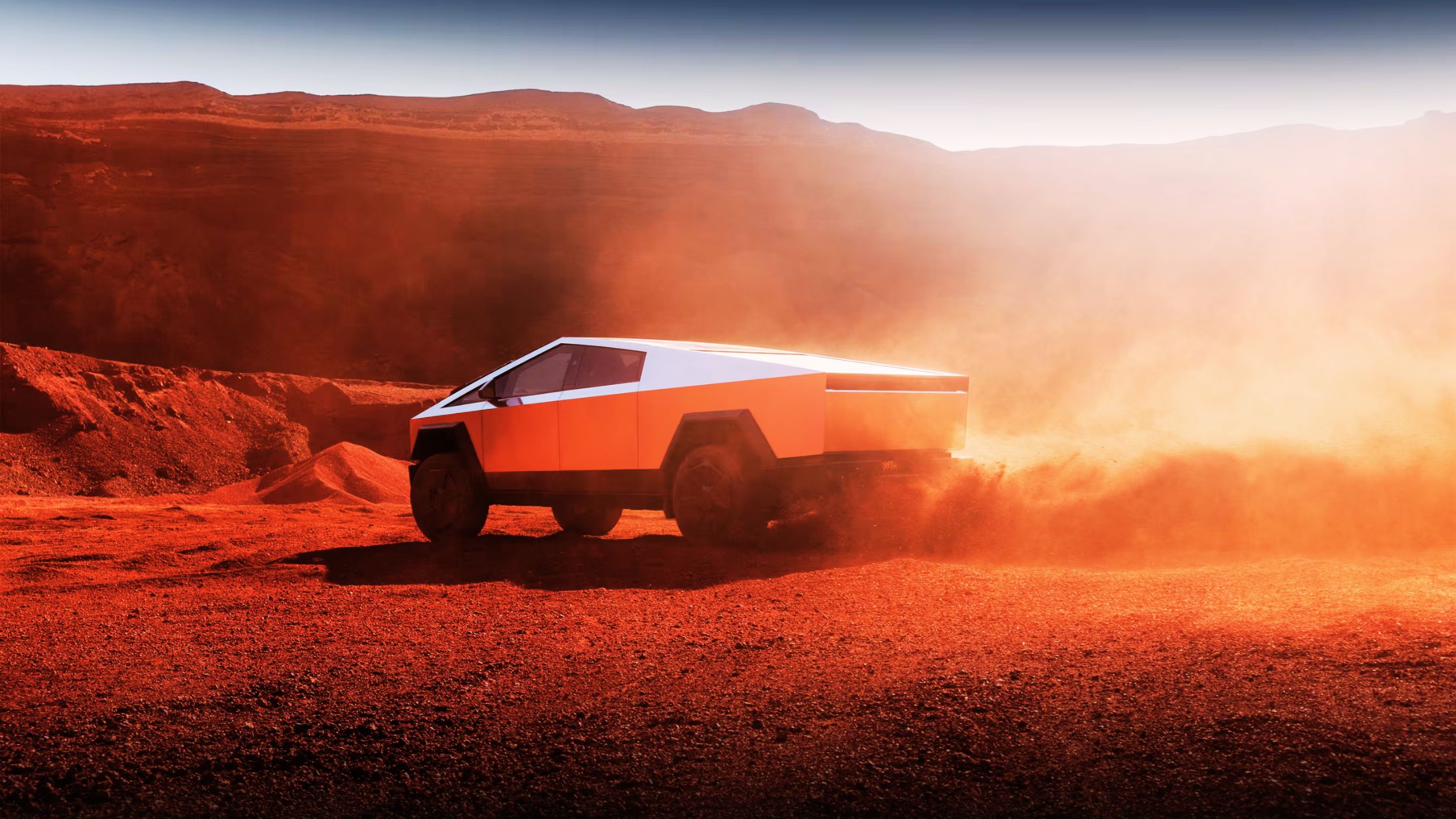
As Telsa and BYD are undisputed giant players head to head in EV Global Sales, Here are other key players model to look for 2024.
In 2023, Tesla finally rolled out its long-awaited Cybertrucks to a select group of customers. While excitement looms, questions remain about whether the truck’s earlier quality issues have been fully addressed. Fortunately, the Cybertruck’s limited release means it won’t be possible to get sales figure data more accurately and we may cover that later in coming months.
However, Tesla faces other challenges. A significant Autopilot fault led to the recall of most of its EVs sold in the US. Concurrently, Chinese competitors, notably BYD Auto, have swiftly risen in sales and are poised to overtake Tesla globally.
The rapid proliferation of all-electric vehicles by traditional automakers in 2024 showcases the industry’s accelerating shift. We’re hopeful that future EV designs and designers will capitalize on the unique advantages of electric architecture to create more inclusive and less overtly masculine vehicles.
Our comprehensive guide delves into the EV landscape of 2024, highlighting what to watch for in this dynamic and evolving wave of electric vehicles for mass market.
We had filtered the best 10 EVs to look for in 2024 !
1) Hyundai Ioniq 5 N
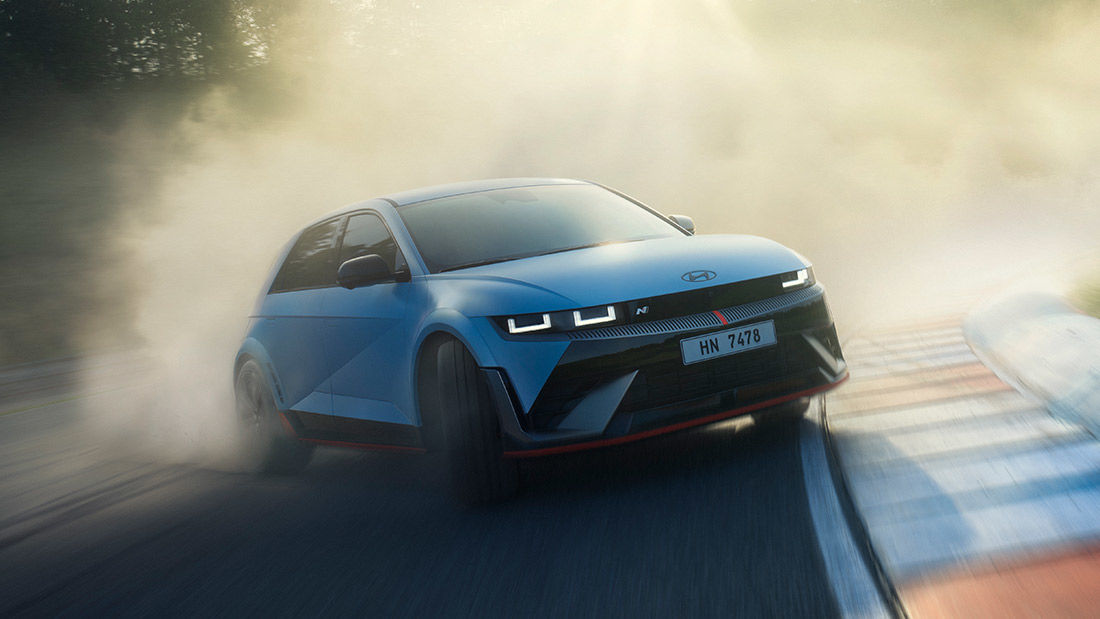
We’ve been big admirers of Hyundai’s recent design choices, especially the original Ioniq 5 released in 2021. However, there were certain aspects of the design, such as the sharply pointed front bumper and the exaggerated wheel arches, that might not age as gracefully as anticipated. Enter the 2024 Ioniq 5 N—a refreshing update that tones down those initial design quirks.
This revamped version not only addresses those design nuances but also packs a punch in terms of performance. With a press of the N Grin Boost button, the torque and power soar to an impressive 478 kW/650 PS. Moreover, for those who enjoy a bit of sideways action, the drift tech helps maintain slide angles. The Ioniq 5 N also boasts bucket seats positioned 20 mm lower than the standard spec, a sleek lip spoiler gracing the lower front bumper, and a rear diffuser adorned with eye-catching luminous orange accents.
2) Hyundai Ioniq 7
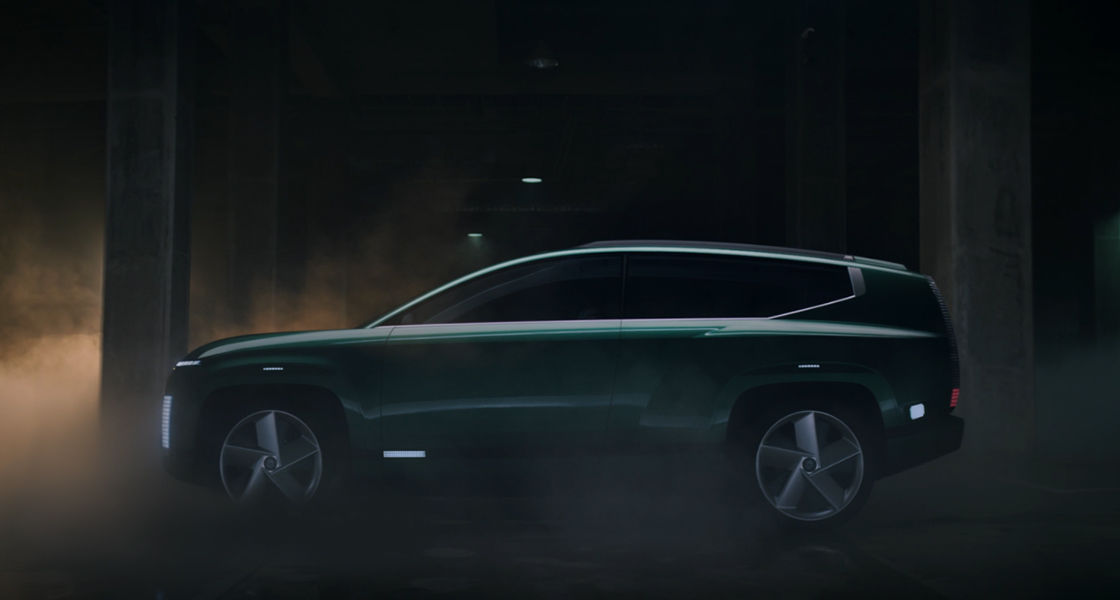
Kia’s debut of the EV9 signals the imminent arrival of Hyundai Motor Group’s next major electric SUV, the Ioniq 7, slated for a 2024 launch. Recently spotted during testing, this eSUV promises integrated autonomous driving capabilities and an impressive driving range. Drawing inspiration from the well-received Ioniq 6, the Ioniq 7’s interior is expected to mirror its excellence.
A notable distinction between the Ioniq 7 and the boxier Kia EV9, both sharing the E-GMP platform, lies in their design. The Ioniq 7 showcases a steeply raked windscreen and a sloping rear roofline, differing from the EV9’s squared-off appearance.
In the UK, the EV9 flaunts a 99.8-kWh battery supporting either a single 201-bhp motor or a more robust 379-bhp dual-motor variant. With a claimed 350-mile range on a single charge, the Ioniq 7 is anticipated to offer similar capabilities. Notably, both models will feature an exceptional 800-volt charging system, enabling a swift 10 to 80 percent charge in under 25 minutes.
However, the Ioniq 7 might be one of the final models utilizing Hyundai Group’s E-GMP platform. In 2025, the company plans to introduce new EV platforms—eM and eS. The eM platform is expected to enhance range by 50 percent, supporting Level 3 autonomous driving or higher and leveraging the “Integrated Modular Architecture” for standardized components like batteries and motors. On the other hand, the eS platform targets commercial electric vehicles for services like ride pooling, cargo transport, and deliveries.
3) Ford Explorer EV
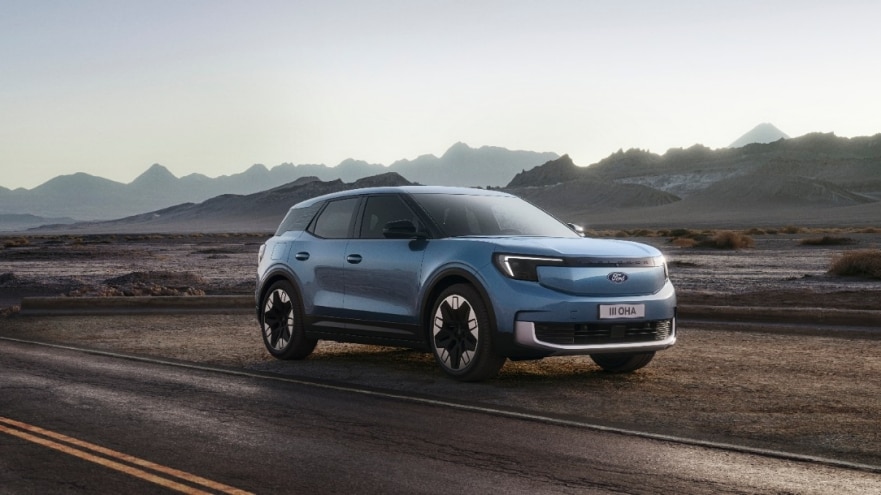
The eagerly awaited Explorer crossover, which faced a six-month delay due to battery-related issues, is finally set to make its debut in the summer of 2024. Making use of Volkswagen’s MEB platform—familiar from the ID. models—the Explorer is anticipated to offer similar battery and motor choices: a range between 52-kWh or 77-kWh, capable of delivering up to 335 miles, and a power output ranging from 201 to 335 bhp.
While designed in the United States, this EV will be manufactured at the new Ford Cologne EV Center located in Germany. Initially targeting the EU market exclusively, there’s a possibility of broader availability depending on its reception. The Explorer will come in both two- and all-wheel-drive versions, boasting rapid 10 to 80 percent charging in just 25 minutes.
One of its standout features is the interior design, which incorporates a wide soundbar stretching across the dashboard, promising an immersive audio experience for occupants.
4) Polestar 4
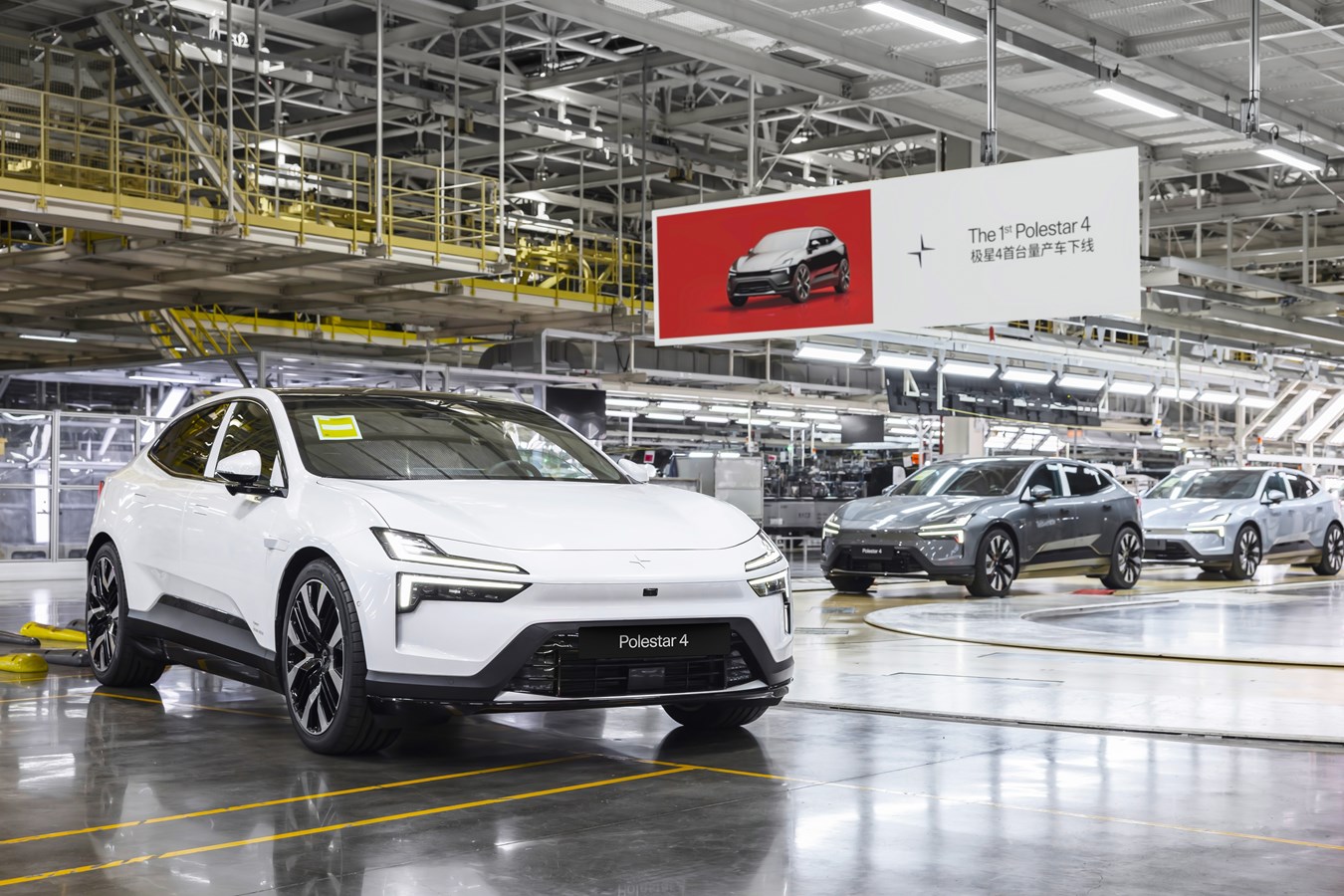
The Polestar 4 stands out as an SUV coupe with a distinctive rear-end feature: the absence of a rear window. Instead, Polestar has taken a unique approach by completely eliminating the rear window. In place of the traditional rear window, the car showcases a high-definition screen that serves as a replacement for the conventional rear-view mirror. This screen provides a real-time feed from a roof-mounted rear camera, offering a wider field of vision.
This model comes in two variants: the most powerful dual-motor version operates on a 102-kWh battery, boasting a claimed range of 350 miles according to the WLTP measurement standards. It marks the highest-performing Polestar model to date. On the other hand, the long-range single-motor variant delivers 272 bhp with a claimed range of 372 miles (WLTP).
Polestar includes bidirectional charging and vehicle-to-load capability, enabling the use of the car’s battery to power small appliances, adding a practical element to its innovative design. While similar technology has been employed by Range Rover with its ClearSight camera mirror, Polestar is breaking ground by fully embracing this design potential.
The decision to forgo the rear window is based on enhancing aerodynamic efficiency, resulting in an impressive 0.26 drag coefficient for the Polestar 4, promoting better overall performance and energy efficiency.
5) Audi Q6 e-Tron
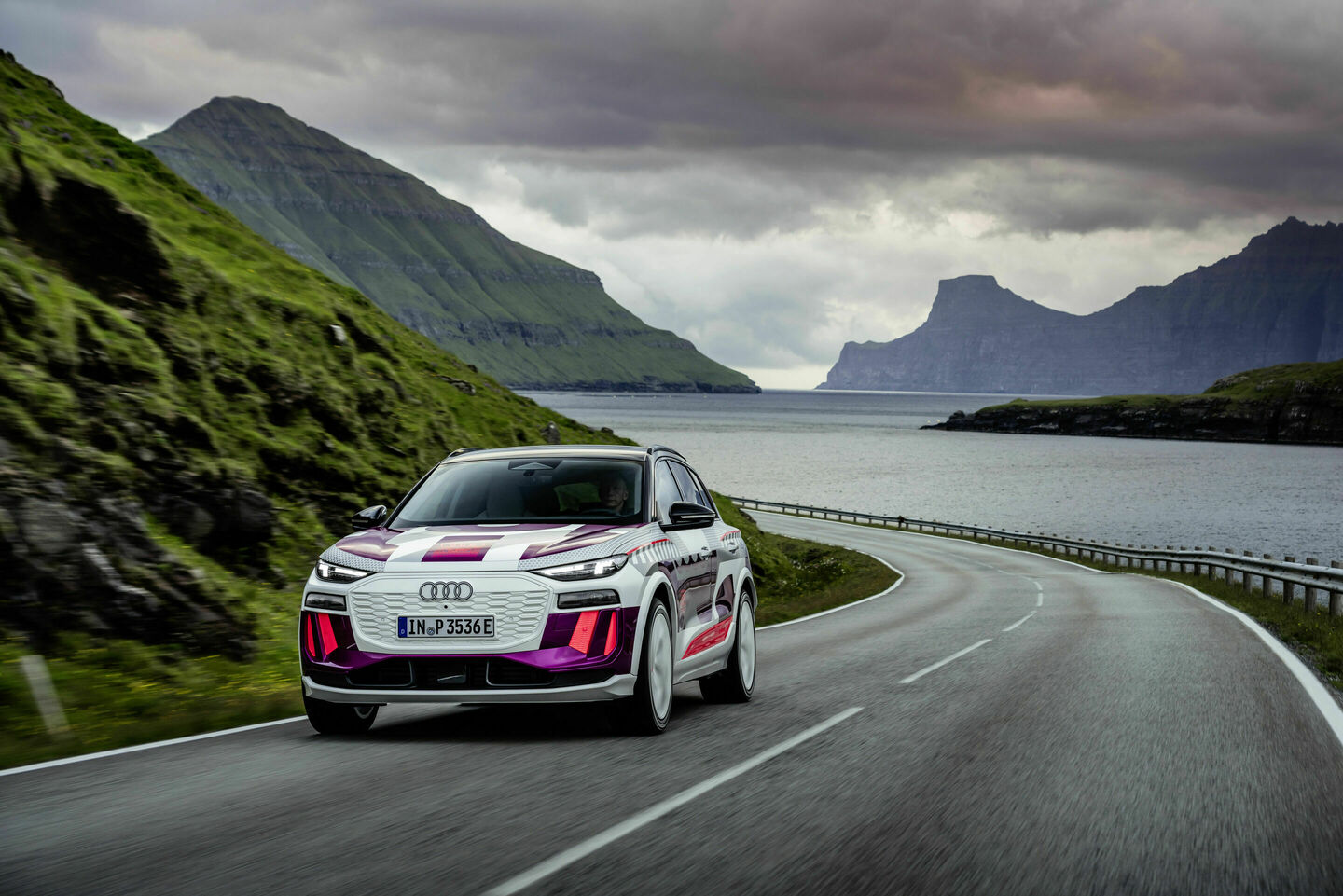
Audi has introduced a new eSUV, positioned between the smaller Q4 e-tron and the larger Q8 e-tron, showcasing an advanced electric vehicle platform known as the Premium Platform Electric (PPE). This cutting-edge platform, shared with Porsche and set to be used in the upcoming Macan EV, is characterized by its 800-volt architecture, similar to existing models from Kia and Hyundai.
Equipped with novel electric motors, the Audi eSUV relies on a 93.0-kWh battery featuring prismatic lithium-ion cells that enhance energy density. In this setup, the rear motor takes the lead as the primary powerhouse, while the front unit is engaged for acceleration and traction purposes. The combined efforts of both motors promise a zero-to-60 mph time of under six seconds for the Q6 model, and an even quicker 4.5 seconds for the SQ6 variant.
One particularly intriguing feature observed in the prototype involves the headlamp technology capable of projecting text and videos. There’s anticipation and hope among enthusiasts that this innovation will successfully transition into the production models of the Audi eSUV. The prospect of this cutting-edge technology becoming a standard feature is eagerly awaited.
6) Range Rover Electric
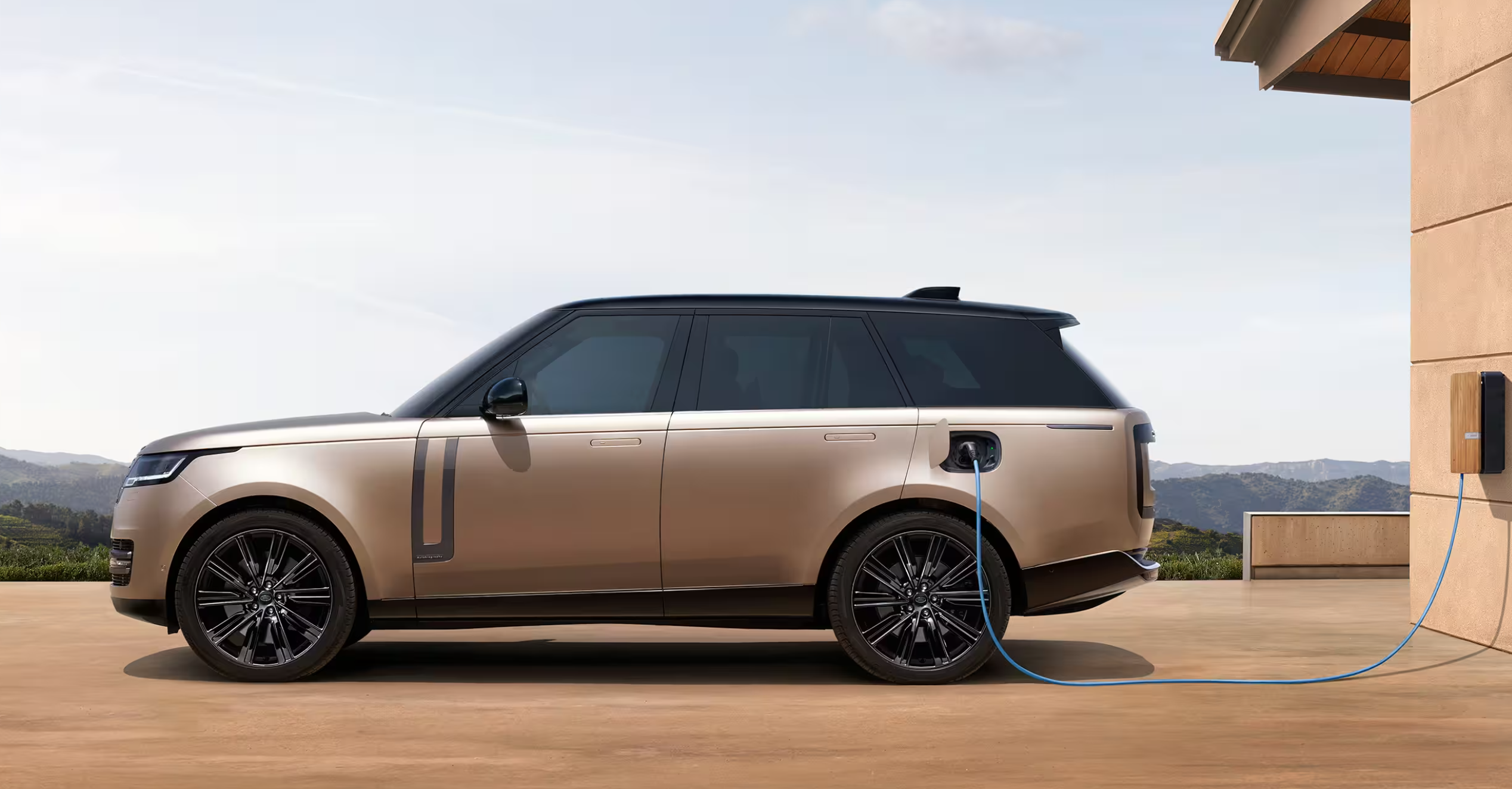
Land Rover is finally gearing up to unveil its highly anticipated full electric Range Rover, scheduled for production in 2024. The company has diligently initiated on-road testing, subjecting the vehicle to extreme conditions, ranging from bone-chilling -40 degrees Celsius in Sweden to scorching 50 degrees Celsius in Dubai. This rigorous testing reflects Land Rover’s commitment to maintaining its illustrious 50-plus-year legacy of conquering diverse terrains, ensuring the electric model stands up to its off-road prowess.
Similar to the current electric models by Kia and Hyundai, the full-electric Range Rover will adopt an 800-volt architecture, enabling rapid charging capabilities. Anticipate an impressive driving range, potentially approaching the 400-mile mark. Moreover, with the shift to an electric powertrain, the vehicle promises a serene driving experience with its whisper-quiet operation. To further enhance this, an active noise cancellation system has been confirmed, enhancing comfort for occupants.
For those eager to get their hands on this revolutionary vehicle, preorders are already open, providing an opportunity to secure a spot ahead of the formal reviews. Land Rover’s electrified Range Rover seems poised to set new standards, combining the brand’s iconic off-road capabilities with cutting-edge electric technology.
7) BMW i4 2024
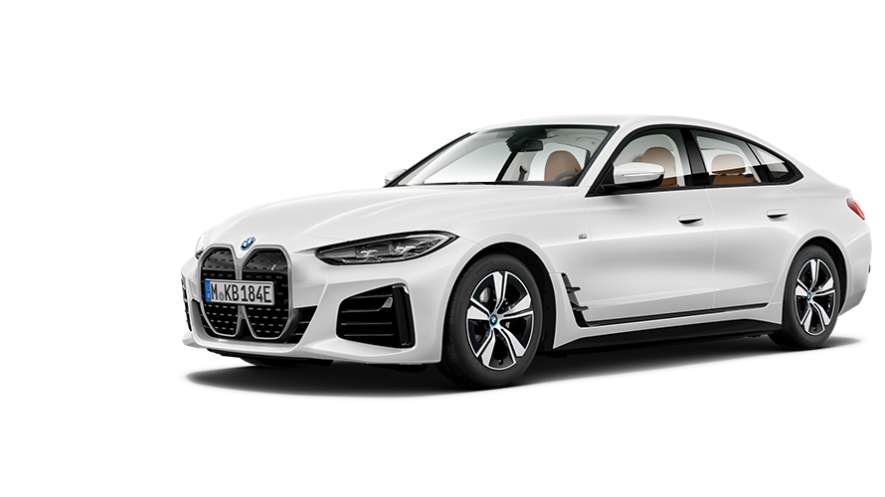
BMW’s i4 has been a standout success for the renowned German automaker, captivating drivers with its impressive performance. Now, in 2024, it’s set to receive a refreshing upgrade. Although seen during testing under camouflaged wraps, the exterior design appears to retain its essence, with minor tweaks such as unchanged grilles housing the radar to one side and a mostly unaltered bumper design. Notable updates can be observed in the headlights, boasting a fresh LED signature. Additionally, a potential reshaping of the rear bumper and updated rear lights might offer a new visual flair.
The current i4 model boasts a commendable 365-mile range courtesy of its 80-kWh battery. However, this falls slightly short when compared to the Model 3 Long Range’s impressive 391-mile range. It’s anticipated that BMW will address this discrepancy, aiming to enhance the i4’s range while introducing the cutting-edge new iDrive 9 infotainment system.
The enhancements expected in this refreshed i4 model are anticipated to elevate its appeal further, blending BMW’s renowned performance with modern technological advancements, promising an even more compelling driving experience.
8) BYD Seal U
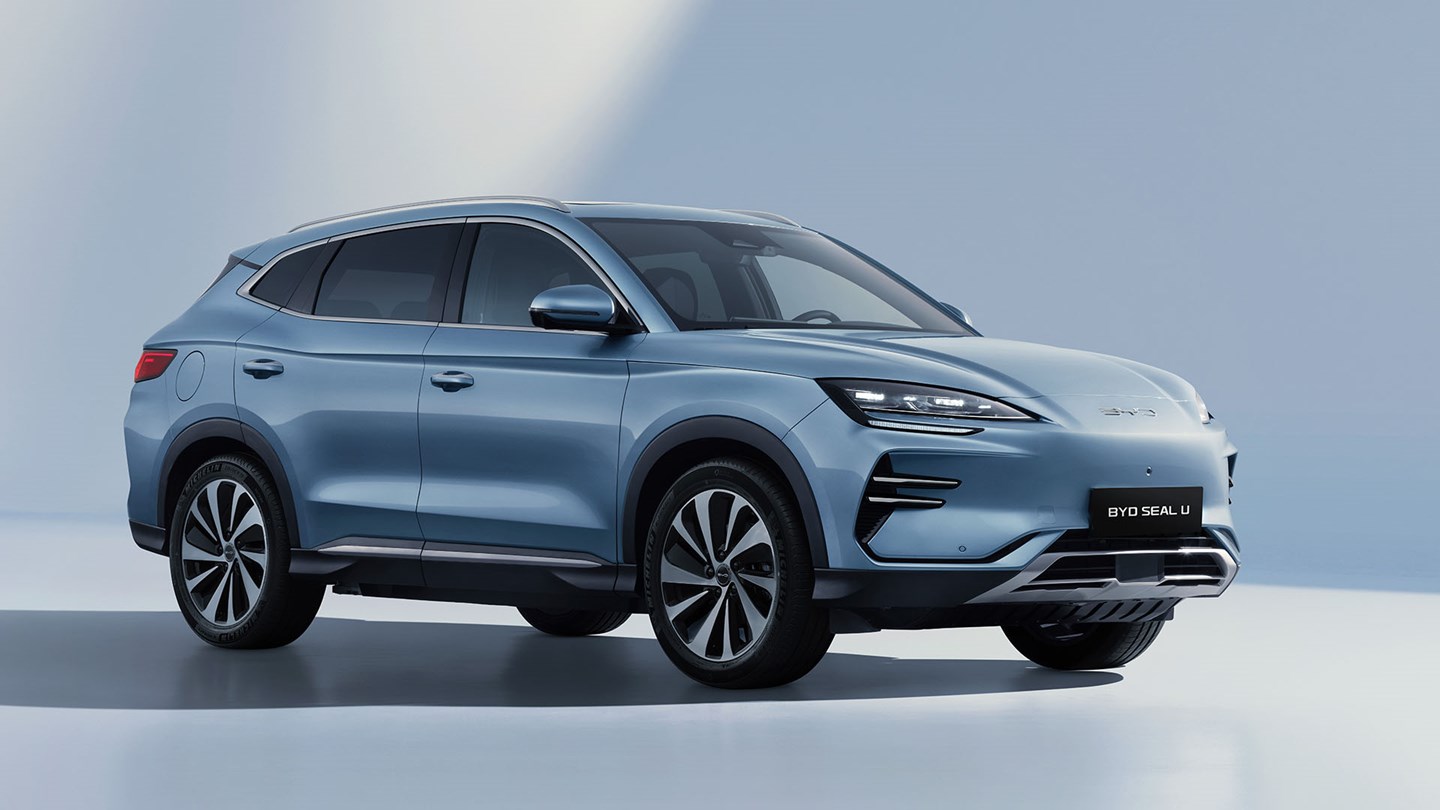
BYD, known for its global dominance in the electric vehicle (EV) realm, is set to introduce its fourth model to the UK lineup in early 2024—the Seal U. This SUV marks BYD’s first foray into the UK SUV market, distinguishing itself from the larger seven-seater Tang model that’s solely available in left-hand drive.
Unlike its predecessor, the Seal saloon, which is exclusively electric and utilizes BYD’s e-Platform 3.0, the Seal U will offer UK customers a choice between a plug-in hybrid or a fully electric version. Initially introduced in China, the Seal U aims to compete in the midsize SUV segment against formidable rivals such as the Volkswagen ID.4 and Ford Explorer.
Expected to come in two battery sizes—71 kWh and 87 kWh—the Seal U’s smaller battery variant targets a range of 261 miles, while the larger one promises up to 311 miles on a single charge. Both models will be equipped with 218-bhp electric motors, ensuring robust performance. Notably, rapid charging capabilities will enable a swift charge from 30 to 80 percent in as little as 28 minutes for the 71-kWh variant.
The introduction of the Seal U highlights BYD’s continued commitment to expanding its electric vehicle offerings globally, positioning itself to compete against established players in the UK’s burgeoning EV market.
9) Volvo EX30
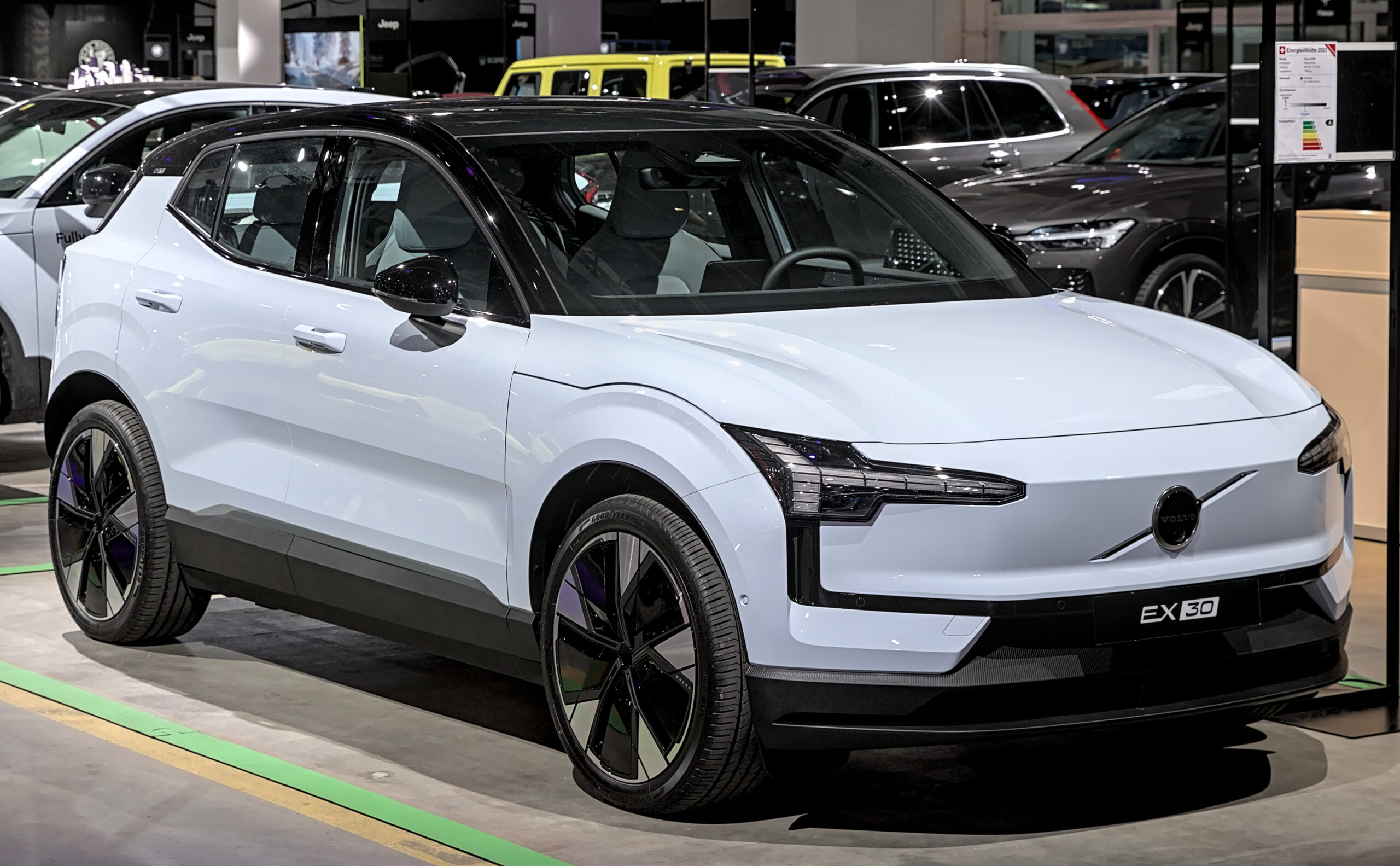
Volvo is gearing up for a significant focus on introducing its “value” EV in 2024, designed specifically to attract new customers to the brand. However, the spotlight has shifted away from the anticipated launch of its seven-seat electric EX90, originally slated for the roads by the end of 2023 but delayed due to additional software development.
The entry-level EX30 will be available in three variants: a single-motor 51 kWh, a single-motor 69 kWh, and a performance-focused twin-motor 69 kWh model. Positioned on the smaller version of Geely’s Sustainable Experience Architecture, the EX30 inevitably shares similar specifications with Geely Group’s Smart #1 and Zeekr X models.
In a detailed review, it’s highlighted that the top-tier model boasts an NMC battery, a twin-motor setup, and all-wheel drive, delivering an impressive 315 kW (equivalent to 428 hp) of power. Accelerating from zero to 62 mph in a remarkably swift 3.6 seconds, it’s touted as Volvo’s “fastest accelerating car ever.” However, this staggering performance may seem excessive for the segment of the market it’s targeting, appearing more like corporate bravado rather than a necessary feature.
Volvo’s strategic move towards introducing a more accessible EV is a notable step aimed at expanding its customer base, although the delay of the EX90 has somewhat diverted attention from its anticipated debut.
10) Xiaomi SU7
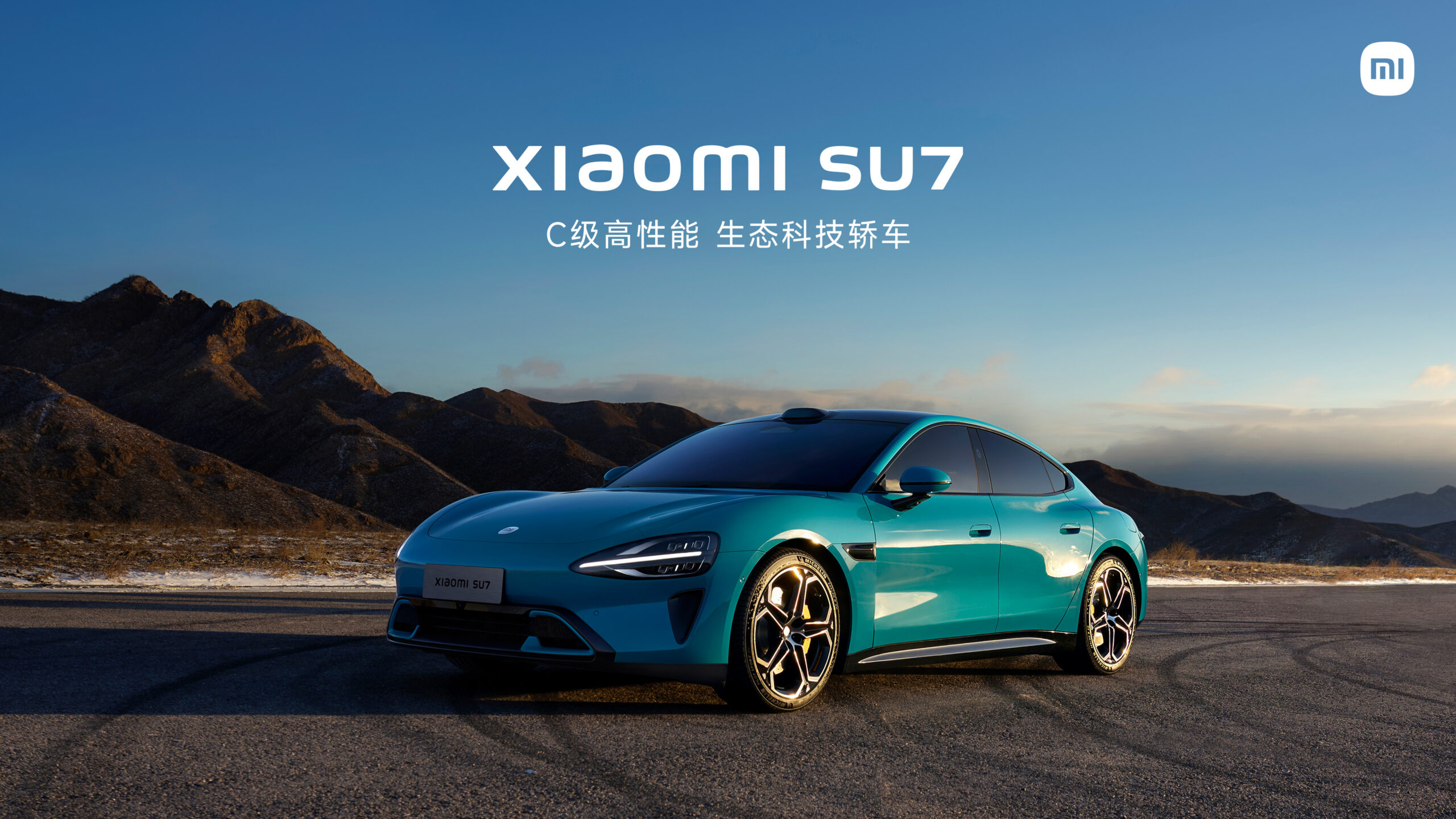
The SU7, dubbed the Speed Ultra, stands out as a highly anticipated sedan in the electric vehicle landscape. Lei Jun, the Chief Executive, boasts of its “super electric motor” technology, promising acceleration speeds that surpass both Tesla and Porsche’s EVs, creating a buzz in the industry.
What sets the SU7 apart is not only its powerful performance but also its integration with Xiaomi’s widely popular operating system found in their smartphones and electronic devices. This seamless integration allows drivers to access Xiaomi’s array of mobile apps, enhancing the overall driving experience.
Offering two versions, the SU7 showcases impressive range capabilities. One variant boasts a driving range of up to 668 km (415 miles) on a single charge, while the other version reaches up to an astounding 800 km. For reference, Tesla’s Model S has a range of up to 650 km. Additionally, Lei emphasized the SU7’s fast-charging abilities even in low temperatures, ensuring convenience for users. Moreover, the vehicle is equipped with advanced technology that enables it to identify obstacles, even in challenging conditions like falling snow, enhancing safety during drives.
Conclusion
The electric vehicle landscape is evolving rapidly, with various automakers gearing up to introduce innovative models that promise remarkable performance, extended ranges, and cutting-edge technology. From established brands in electric vehicles like BYD and Tesla to newcomers like Range Rover and Xiaomi, each is striving to carve its niche in this competitive market.
Companies like Tesla and Porsche face new challengers such as the Volvo i4, BYD Seal U, and Xiaomi’s SU7, all vying for attention with their unique selling points—be it impressive acceleration, extensive driving range, or seamless integration with popular tech systems.
Despite delays and tweaks in launch dates, these electric vehicles are set to transform the way we drive, offering not only environmentally friendly options but also pushing boundaries in terms of performance and convenience. As the industry progresses, consumers can expect an exciting array of choices, catering to different needs and preferences while driving the future of sustainable transportation.
